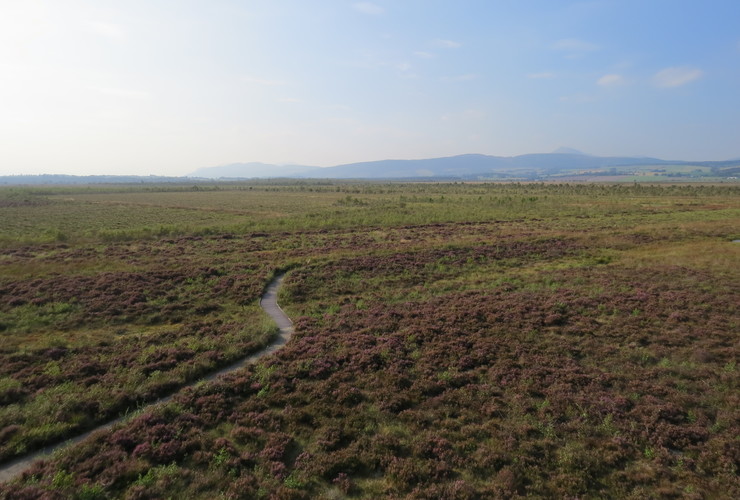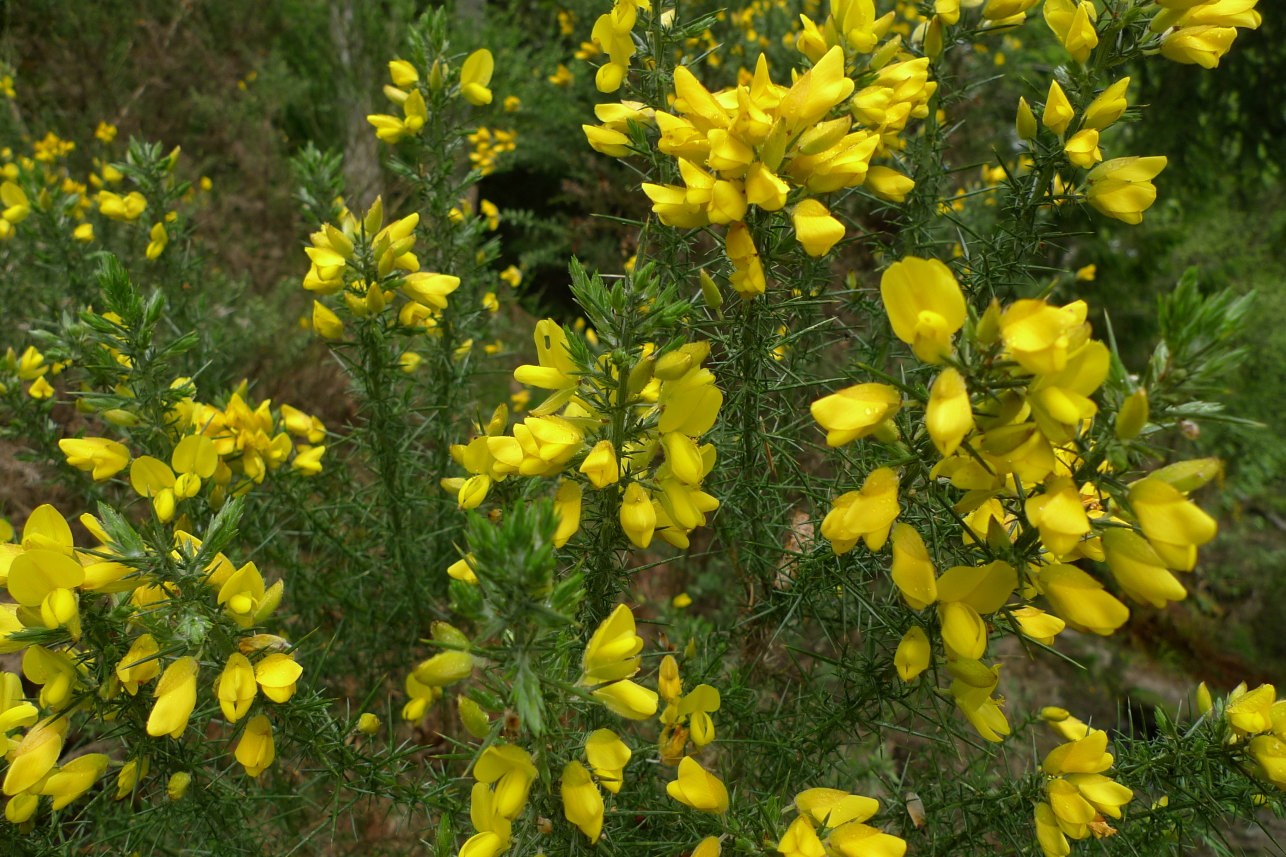Protecting wild land by participating in climate assemblies
People of all ages are getting involved in Climate Assemblies to promote natural solutions to the climate emergency in Scotland.

Scotland’s Climate Assembly
A vast proportion of Scotland’s uplands are not achieving their potential to save carbon naturally. In early January, the John Muir Trust presented evidence to Scotland’s Climate Assembly about how a new proposal for a land carbon tax to help tackle the climate emergency can ensure Scotland’s landowners manage land so that it captures carbon, naturally. Watch the video.
Peatlands cover more than 20 per cent of Scotland’s total landmass. They are its largest terrestrial carbon store, holding about 1.6 billion tonnes of carbon in the ground – equivalent to over 180 years of Scotland’s current greenhouse gas emissions. However, because 80 per cent of Scotland’s peatlands are degraded, rather than storing carbon naturally, they are releasing it – adding to our overall emissions rather than reducing them.
Scotland’s woodlands are also a natural carbon store. Every year, 12 million tonnes of carbon dioxide are absorbed by Scotland’s forests and woodlands. However, because only about 17 per cent of Scotland’s land area is wooded (which is low compared to European countries where the average is 38 per cent) there is potential for millions more tonnes of carbon to be stored naturally if woodlands expand.
The carbon saving potential of restored peatland and native woodland in Scotland has been estimated to reduce our national carbon emissions by up to 13 million tonnes of carbon dioxide equivalent a year – equivalent to removing every single vehicle from Scotland’s roads. This would be a savings reduction every year in addition to the carbon already stored in Scotland’s healthy peatlands and woodlands.
Children’s Assembly
The Children’s Parliament is working with 100 children (aged 9-12) across 10 local authorities to support them to understand, and share their views on, solutions to tackling climate change in Scotland.
On 21 January the John Muir Trust joined a group of 12 children who represent the Children's Parliament to share our ideas about how land in Scotland can be managed to capture carbon. After explaining the role of peatlands and woodlands in storing carbon, we talked about the role of landowners in managing their land as a natural carbon store. Watch a video.
The children suggested that in a future call they should invite Scotland’s landowners to ask why they aren’t already planting trees and restoring peat bogs. With direct action like that, the future is in safe hands.
Join the Scottish Rural Parliament
If you live in rural Scotland and would like to participate in a democratic assembly, where the impacts of climate change will be discussed, you can do so by joining the Scottish Rural Parliament in March 2021. Find out more.
Photograph shows peatland restoration at Flanders Moss, a large raised bog in central Scotland.


